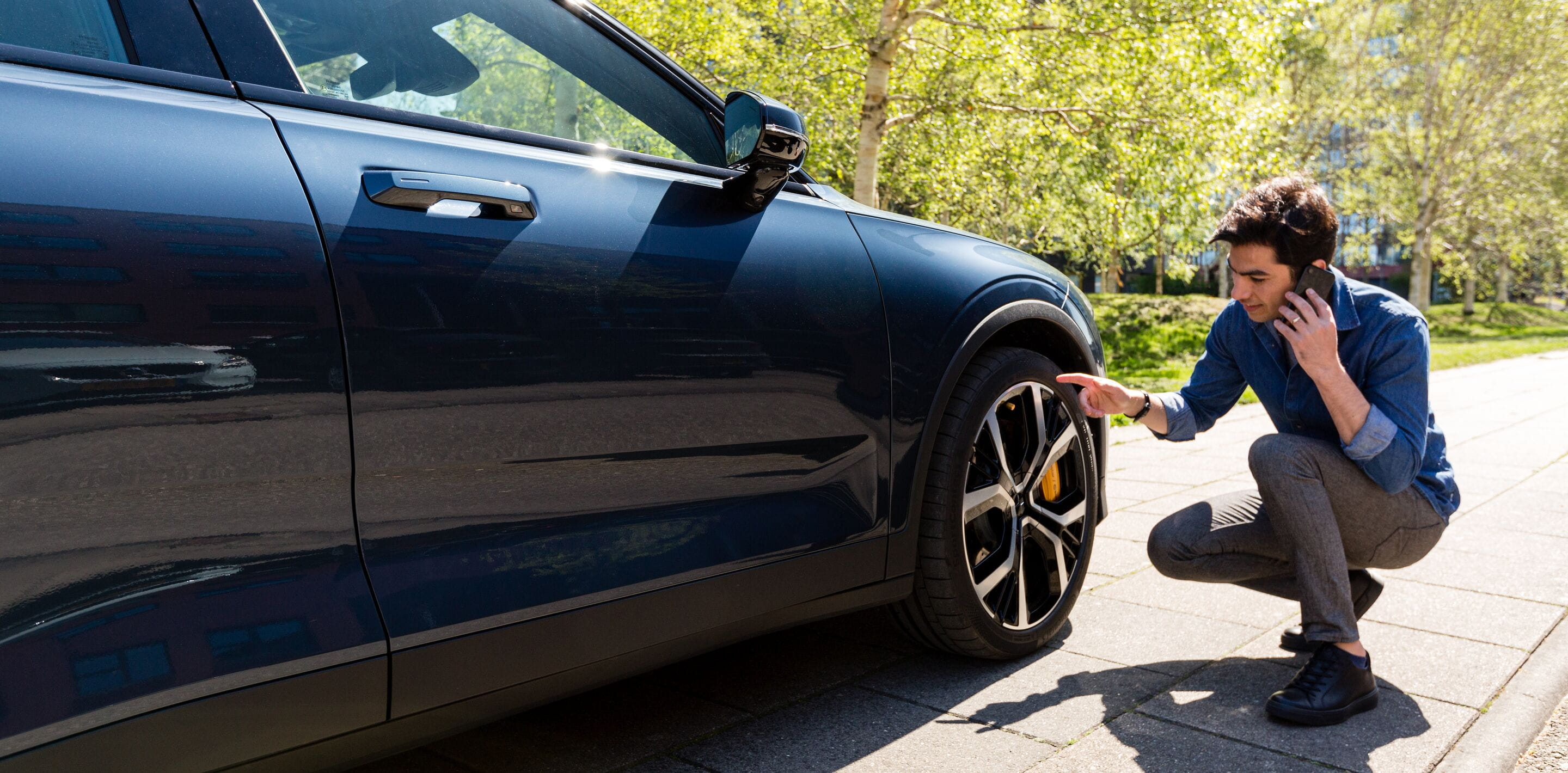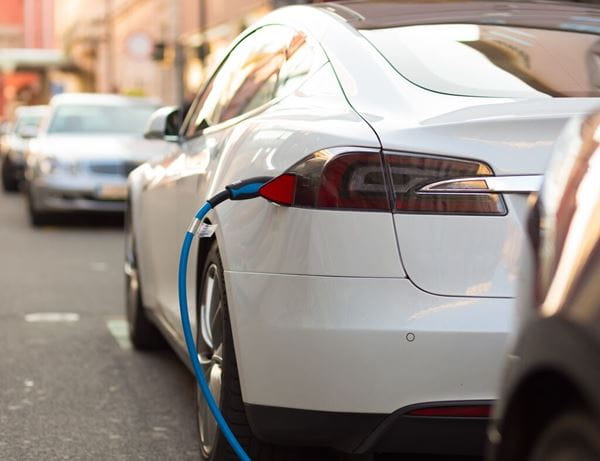
EV Maintenance: Your How-To Guide
Electric vehicles (EVs) feature some of the latest automotive tech on the market – but that doesn’t mean they don’t need a helping hand from their drivers sometimes. To get the most out of your EV, you need to give it proper care and attention. What exactly does this involve?
Let’s start with the good news. EVs have fewer moving parts than vehicles with an internal combustion engine (ICE) – which makes them much easier, and cheaper, to maintain. According to the latest LeasePlan Car Cost Index, maintenance costs for a Volkswagen ID.3 are around 11% lower than an equivalent Golf.
But don’t be complacent! Poor maintenance can accelerate wear and tear on major components, such as the battery, and replacement isn’t cheap. In fact, this can wipe out any total cost of ownership (TCO) savings that you might otherwise enjoy – so it’s absolutely vital to understand EV maintenance.
Here are the top five tips in our toolbox!
1. Check your tyres regularly
Tyres are a critical component for any car, affecting ride and handling, stopping distances and energy efficiency too. EVs are considerably heavier than their ICE counterparts and deliver a lot of torque from the moment you touch the pedal. This can cause tyres to wear faster than a petrol or diesel car.
As a result, EV drivers are encouraged to check tyre wear and pressure every month. Tyres should be rotated every 5,000 miles and replaced after 18,000 miles . Be selective when you replace them. EVs usually have specific tyres, which are designed to last longer and offer more range from each charge.
2. Don’t overcharge the battery
Electric vehicle batteries are designed to last for at least 100,000 miles and ten years of use, and many last even longer . However, they will degrade over time, which means they hold slightly less energy and offer slightly less range, so it’s important to treat it right.
That means following several best practices:
- Don’t fully charge it unless you need to
- Don’t overuse the quick charging feature
- Don’t let the charge run down too low, too often
To keep track of charging at home, we recommend setting a maximum charge level if your vehicle has that feature. If not, your chargepoint should have a timed cut-off to avoid overcharging.
3. Adapt to different weather conditions
Like any car or van, an EV operates best at certain temperatures. Extremes of hot and cold can both affect your energy efficiency and range, but also the rate of degradation. Analysis by telematics provider Geotab suggests 21.5°C is the optimal temperature, while industry consensus suggests batteries are happiest between 10-30°C.
Manufacturers are equipping new models with sophisticated thermal management systems to keep batteries in that temperature range. Some also enable you to pre-set a departure time, so the car can adjust the temperature before you set off – and if it’s still plugged in, it’ll use power from the mains to do so. Parking in cooler spots in the summer or in sunlight during the winter months can all help the battery to the right operating temperature more quickly.
4. Look after your brakes
Electric vehicles have an unusual advantage, because they can make their own electricity while you drive. Regenerative braking uses the resistance of the motor to slow the car down when you release the throttle, and this also puts energy back into the battery.
Not only does this avoid wasting energy as heat in the brake pads and discs, but it reduces wear on those parts too. Smooth drivers who can avoid harsh braking will hardly use the mechanical brakes at all, which means they’ll last a lot longer than a combustion engine vehicle.
However, they don’t last forever. EVs still require new hydraulic brake fluid every three years, and will eventually need new pads and discs too. This is a safety-critical feature, which can’t be ignored.
5. Don’t Miss Software Updates/Features
Some will fix minor glitches and even enhance your car’s efficiency and extend the range range. Better still, you won’t even need to take it to a garage to have the work done.
EV Maintenance Checklist
All this advice should help you avoid the main challenges related to EV maintenance. But there are many other things to consider, so we’ve put together a full list of which checks to perform on your EV – and when.
- Every month - inspect interior and exterior lights; inspect tyres for wear and pressure; check for loose wheel lugs; inspect windshield washer fluid level and wiper blades; check coolant level; look out for software updates.
- Every six months - rotate tires; check 12-volt battery connections and clean if necessary; check drain holes for obstructions; check cooling system fluid levels; check parking brake; inspect safety warning lights; clean the undercarriage to remove corrosive materials.
- Every 12 months (or 10,000 miles) - replace climate control filter; multi-point inspection.
- Every 15,000 miles - replace windshield wiper blades.
- Every 20,000 miles - change cabin air filter.
- Every 3 years - change brake fluid and coolant.
- Every 10 years - change transmission fluid and air conditioning desiccant.
To find out more about LeasePlan’s maintenance services, click here.
Our net-zero commitment
LeasePlan is leading the transition to zero-emission mobility and has set itself the goal to achieve net-zero tailpipe emissions from its funded fleet by 2030. As a founding member of the EV100 – a global initiative of forward-looking companies committed to accelerating the transition to EVs – sustainable mobility is at the heart of everything we do.

.jpg?rev=3adbd558867c4d92bf9f22752f12a09c&mw=600)

